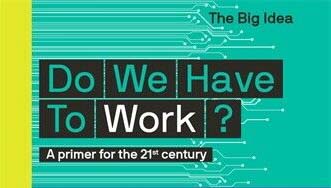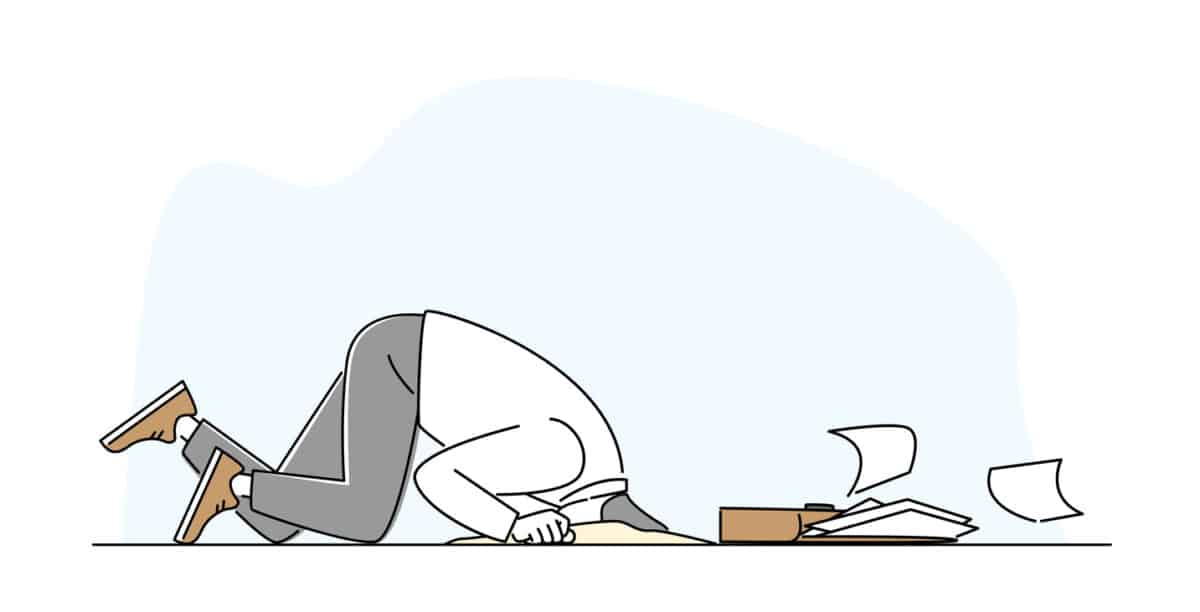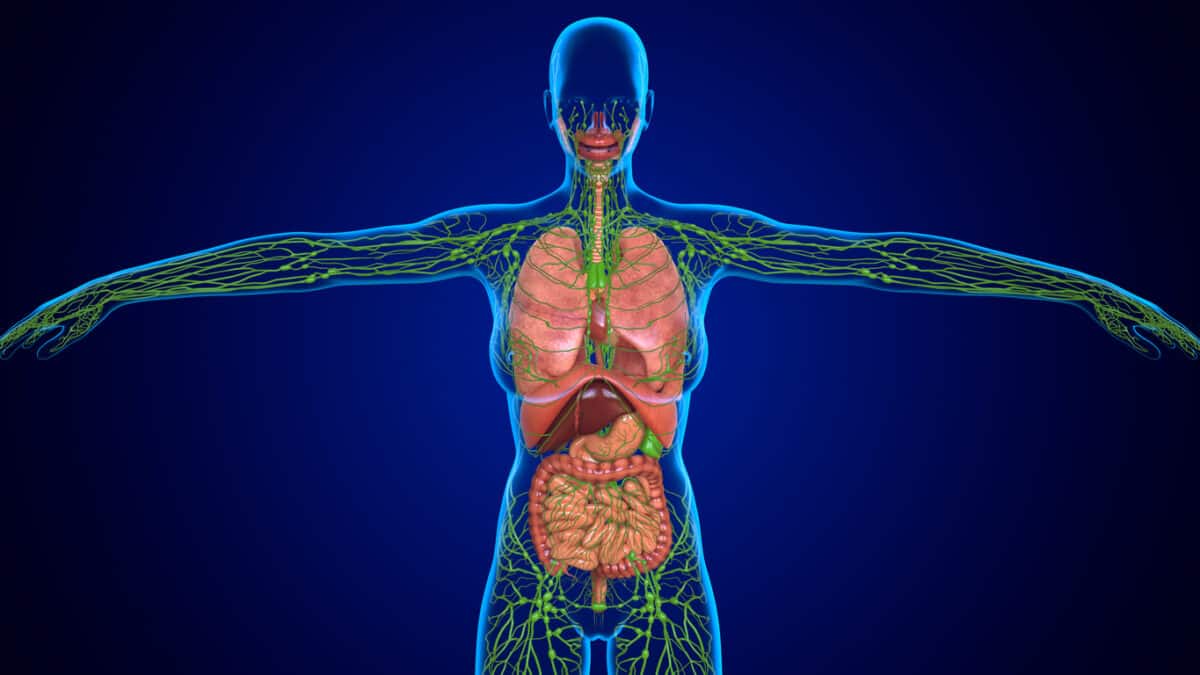Recently Maddocks law firm partner Catherine Dunlop spoke on the Lawyers Weekly Show podcast about psychosocial risks in the workplace. Although the podcast aims at legal practices, Dunlop’s comments and advice seem to apply to many white-collar jobs and professions.
Dunlop said that the discussion about psychosocial hazards at work has matured since the sexual harassment Respect@Work report and that:






